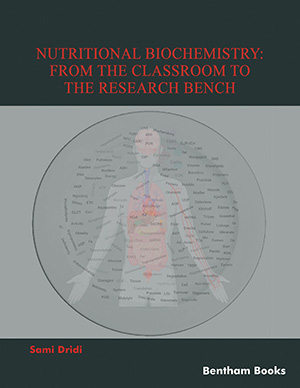
Abstract
Background: During the initial outbreak of the global COVID-19 pandemic, there were few effective evidence-based vaccines or treatments available, which led to many attempts to find alternative options.
Objective: This study aimed to compare the general dietary and lifestyle habits among the Saudi adult population in Riyadh before and during COVID-19.
Methods: This was a cross-sectional study targeting the Riyadh population from 16 May 2020 to 16 June 2020. The study was composed of a structured questionnaire that collected demographic information (such as age, gender, place of residence, and health status), dietary habit information (such as daily intake of certain foods, food frequency, number of meals/day, and number of times drinking tea and coffee), lifestyle habit information (such as physical activity; sleep quality; and time spent using the internet, social media, and electronic devices for fun or stress relief) using Google forms. A total of 1193 participants aged over 18 years were included in the study.
Results: During the COVID-19 period, a significant increase was observed in the number of meals eaten daily, fruit and vegetable intake, the intake of sweets and cakes/biscuits, the number of hours of sleep per day, and time spent on the internet and social media compared with the pre- COVID-19 pandemic period. However, the amount of running exercise or physical activity was found to be significantly reduced.
Conclusion: In this study, we found that the dietary and lifestyle habits changed among Saudi adults during the COVID-19 period. Similar large-scale studies should be undertaken in the future to confirm the results of the study.
Keywords: COVID-19, coronavirus, eating habits, lifestyle, population, dietary.
[http://dx.doi.org/10.1128/MMBR.69.4.635-664.2005] [PMID: 16339739]
[http://dx.doi.org/10.1056/NEJMoa2001316] [PMID: 31995857]
[http://dx.doi.org/10.1001/jama.2020.0757] [PMID: 31971553]
[http://dx.doi.org/10.14744/ejmo.2020.12220]
[http://dx.doi.org/10.1056/NEJMoa030747] [PMID: 12690091]
[http://dx.doi.org/10.1056/NEJMoa030781] [PMID: 12690092]
[http://dx.doi.org/10.1056/NEJMoa1211721] [PMID: 23075143]
[http://dx.doi.org/10.1016/j.clim.2020.108427] [PMID: 32325252]
[http://dx.doi.org/10.2139/ssrn.3566298]
[http://dx.doi.org/10.1016/j.jinf.2020.04.024] [PMID: 32335167]
[http://dx.doi.org/10.3390/nu12051466] [PMID: 32438620]
[http://dx.doi.org/10.1016/j.jiph.2020.04.016] [PMID: 32451260]
[http://dx.doi.org/10.1016/j.bbi.2020.04.040] [PMID: 32311498]
[http://dx.doi.org/10.1016/j.jacc.2004.03.039] [PMID: 15234425]
[http://dx.doi.org/10.3390/nu5093399] [PMID: 23995043]
[http://dx.doi.org/10.1016/j.jada.2008.11.036] [PMID: 19248856]
[http://dx.doi.org/10.1093/ije/dyy178] [PMID: 30239739]
[http://dx.doi.org/10.1177/001316447003000308]
[http://dx.doi.org/10.1038/sj.ejcn.1600634] [PMID: 9805219]
[http://dx.doi.org/10.1097/00041433-200202000-00006] [PMID: 11790961]
[http://dx.doi.org/10.1186/s12967-020-02399-5] [PMID: 32513197]
[http://dx.doi.org/10.1542/peds.112.6.1321] [PMID: 14654604]
[http://dx.doi.org/10.3390/nu7031618] [PMID: 25751820]
[http://dx.doi.org/10.1186/1476-511X-5-14] [PMID: 16753064]
[http://dx.doi.org/10.1016/j.clnu.2006.04.006] [PMID: 16782241]
[http://dx.doi.org/10.1016/j.jand.2012.08.026] [PMID: 23174689]
[http://dx.doi.org/10.3390/nu10101531] [PMID: 30336639]
[http://dx.doi.org/10.1016/j.autrev.2014.11.008] [PMID: 25462582]
[http://dx.doi.org/10.3390/nu9111211] [PMID: 29099763]
[http://dx.doi.org/10.3390/v11100907] [PMID: 31575021]
[http://dx.doi.org/10.1016/S0021-9258(17)36884-9] [PMID: 8175804]
[http://dx.doi.org/10.1079/BJN20041130] [PMID: 15182404]
[PMID: 1090644]
[http://dx.doi.org/10.1038/oby.2009.386] [PMID: 19927144]
[http://dx.doi.org/10.2337/diacare.21.3.350] [PMID: 9540015]
[http://dx.doi.org/10.1038/sj.ijo.0802569] [PMID: 14724661]
[http://dx.doi.org/10.1001/archinte.163.11.1343] [PMID: 12796071]






















